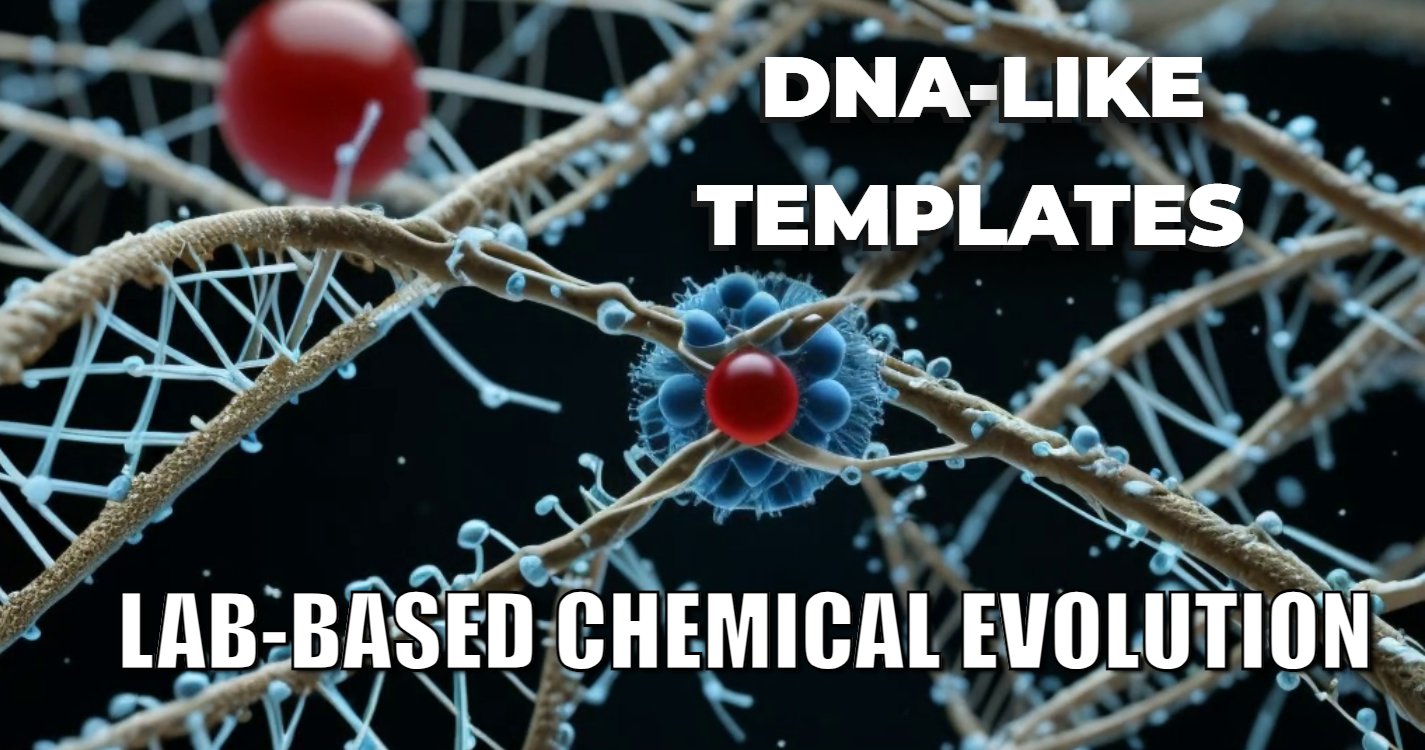An irrigation system controlled by sensors and a web or mobile app has stopped water from being wasted at the Sal River near Navelim and Nauta Lake at Cortalim, Goa. The system uses riverbank filtration technology and is controlled by sensors and a web app.
TERI and the National Institute of Technology (NIT) worked together on the project. Sulfur hexafluoride (SF6) is a powerful greenhouse gas used in much high-voltage equipment in the electricity industry. A substance called SF6 has a global warming potential that’s more than 23,500 times that of carbon dioxide. It stays in the air for more than 3,000 years, too.
Key Highlight:
- Using riverbank filtration technology, a sensor-based irrigation system controlled remotely by a web or mobile app has reduced water wastage at Sal River near Navelim and Nauta Lake near Cortalim, Goa.
- GE, a US-based multinational, has developed a green alternative to SF6, a strong greenhouse gas typically employed in high-voltage power equipment.
- SF6 has a global warming potential of about 23,500 times that of CO2 and lasts over 3,000 years in the atmosphere.
- GE’s g3 technology is equivalent to SF6 but with a 99.9% lower global warming potential.
- GE argues that this is groundbreaking for the power sector and can help India’s energy transition.
A sensor-based irrigation system that uses riverbank filtration technology controlled by a web or mobile app has stopped water from being wasted at the Sal River near Navelim and the Nauta lake at Cortalim, Goa. It has also made it easier for farmers to watch the irrigation from afar.
Sensors tell the water pump how much moisture is in the water, and the pump is turned on and off as needed. This stops water from eroding the soil and keeps the quality of the soil high all over the field. The system saves time, especially for farmers who work for a daily wage. This gives them the freedom and flexibility to sell their crops in the market. It has cut down on the amount of work they have to do and helped their finances.
The irrigation system was built by the Energy and Resources Institute (TERI) with the help of the National Institute of Technology (NIT), Goa, and the Department of Science and Technology (DST), Government of India, under the umbrella of the Demand Driven Mission: Water Technology Initiative. The DST helped fund the project.
Riverbank filtration (RBF) technology is used to get water from wells near rivers or lakes. As the river water moves through the sediments on the riverbed, contaminants like bacteria and toxic metals are removed by biological, physical, and chemical processes. People in Goa built RBF wells that were cheap and could be used to clean polluted water from the Sal River near Navelim and Nauta Lake at Cortalim, Goa, with solar-powered pumps, so farmers could get clean water in areas where there is no electricity. Farmers who got water with better parameters, like less turbidity and bacteria, through a pipeline could make more money.
The project shows how farming communities with small landholdings can be taught how to be more sustainable. This is unique to Goa. RBF is a cheap way to get rid of contaminants, like suspended particles and microbes.
Scientists at the Indian Institute of Chemical Technology (IICT) in Hyderabad, India, have made a material that can take in methane and turn it into clean hydrogen. They also simulated a process called “optimized intensified chemical looping reforming,” a way to get carbon dioxide from non-fuel-grade bioethanol and turn it into high-purity hydrogen.
They have built a lab that can test materials like this and help with carbon capture research at the institute. Dual-operational FBRs can perform “sorption enhanced steam methane reforming” (SESMR) for high-purity hydrogen production based on the modeling and preliminary experiments that have been done so far.
Scientists are trying to develop new ways to absorb greenhouse gases and turn them into things that can be used. This is because greenhouse gases can cause global warming. Scientists are now trying to develop new materials that can both absorb and turn into something else.
In the Elsevier journal Chemical Engineering and Processing, the work of IICT scientists has been shown to the world.
GE, a company based in the United States, has come up with a green alternative to SF6 (sulfur hexafluoride), a powerful greenhouse gas used in high-voltage equipment in the power industry.
In the last decade, its teams in France, Germany, and Switzerland have worked with 3M Company to develop an alternative called “g3,” which stands for “insulating and switching gas.”
In terms of pollution, the power industry is one of the worst. A substance called SF6 has a global warming potential that’s more than 23,500 times that of carbon dioxide. It stays in the air for more than 3,000 years, too. SF6 has long been used as an insulator for high-voltage grids because it is very electronegative and has a lot of dielectric strength. However, the bad effects of SF6 on the environment have made an alternative necessary. With g3 technology, GE has the same technical performance as SF6, but it has a global warming potential that is less than 1% of what it used to be. This is a big change for the power sector, says a statement from GE. It can help India make a big change in its energy system.





[…] Research: Remotely operated sensor-based riverbank filtration irrigation system reduces water waste […]